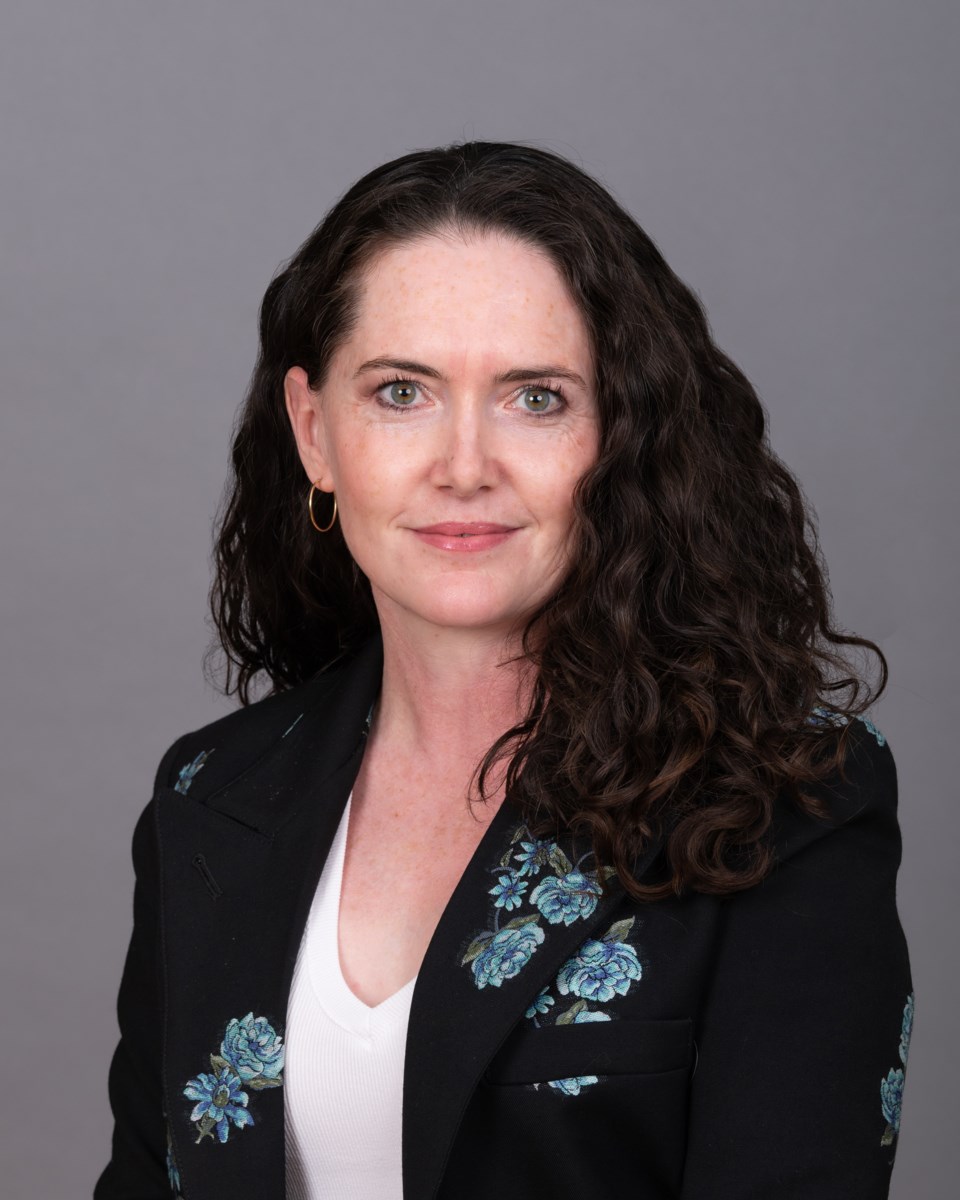How can the City of St. Albert realize its vision for the future within a changing landscape of economic pressures, provincial divestment of infrastructure
responsibility to municipalities, and decreases in services and revenues?
That was the billion-dollar question posed during Mayor Cathy Heron’s State of the City address in September. She acknowledged the resilience, pride, and compassion of residents during and after the pandemic, and our ability to come together, and solve complex issues. But Mayor Heron also shared a cautionary tale — how property taxes will either need to be increased or offset by a decrease in municipal services — or a combination of both.
Given this rather stark reality, how can the city continue to accommodate a growing population, as envisioned in our council’s strategic plan, and Flourish, the municipal development plan? How can St. Albert welcome more people and homes into our neighbourhoods? Most importantly, how do we foster and create vibrant, complete communities?
As a proud resident and real estate developer in the city, I believe there are two key actions the city can take today to creatively address the issue at hand.
First, the city must reconsider its premium, and often redundant, infrastructure standards for roads, sidewalks, trails, pipes, sewers, and more. These features are, no doubt, critical to our neighbourhoods, but their initial installation impacts the costs of new homes, and their maintenance and repair drives up property taxes over time.
While a relatively high standard of landscaping is expected and important in our Botanical City, basic infrastructure such as roads and sewers need to be safe and functional — nothing more. By revising scope and overall attitudes towards basic infrastructure, the city can ultimately save millions for the taxpayer and, even better, it is an easily achievable goal in the short term.
Second, by focusing its efforts on growing our economy by expanding the non-residential tax base while improving our environmental resilience through more efficient development, the city can help grow the pie rather than further divvy it up.
Instead of thinking about raising taxes or cutting services as a binary proposition, the city can look at ways to encourage development, improving St. Albert's competitiveness within the region.
A great call to action for our community would be to proactively generate a bigger tax base through growth by reducing time-consuming and unnecessarily expensive development requirements that hold our sustainability back.
There is great insight from the development and business community ready to be shared, and we are eager to support the mayor and council in their desire to build an economically and socially prosperous city.
Mayor Heron presented the hurdles that stand in the way of actualizing the city's vision for the future. These challenges are not unlike what other municipalities are facing. Now more than ever, the city must sharpen its pencils, and be even more intentional, integrated, and thoughtful about its plans and development visions — and implement them with sharp co-ordination. I am excited for the possibilities and proud to be a part of building this city.
Susan Keating is the vice-president of community development for Melcor Developments and a St. Albert resident. A professional engineer, Susan manages residential, commercial, mixed-use, and industrial projects in municipalities across the region. She is also chair of the Urban Development Institute – Edmonton Metro’s Board of Directors.




